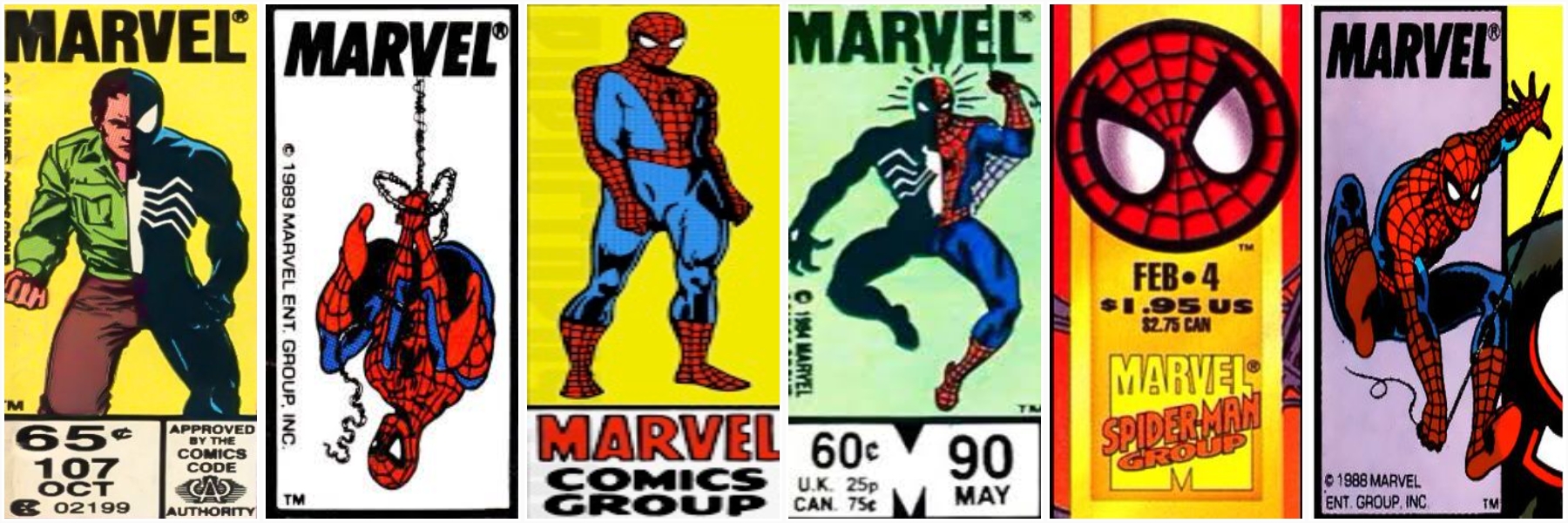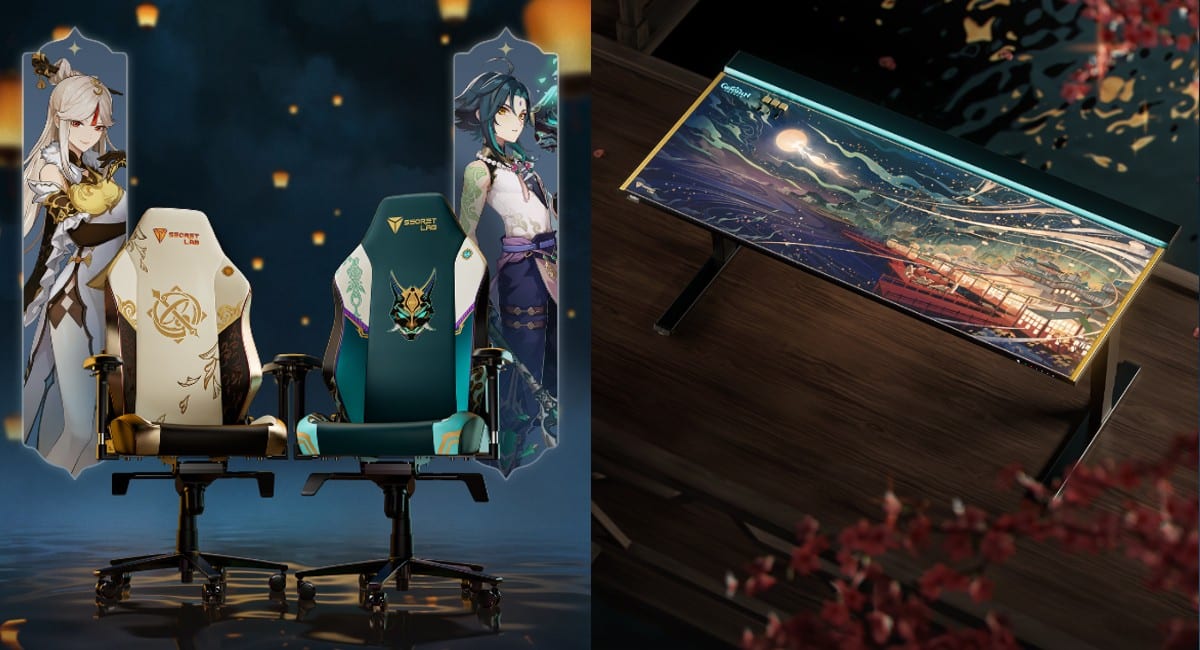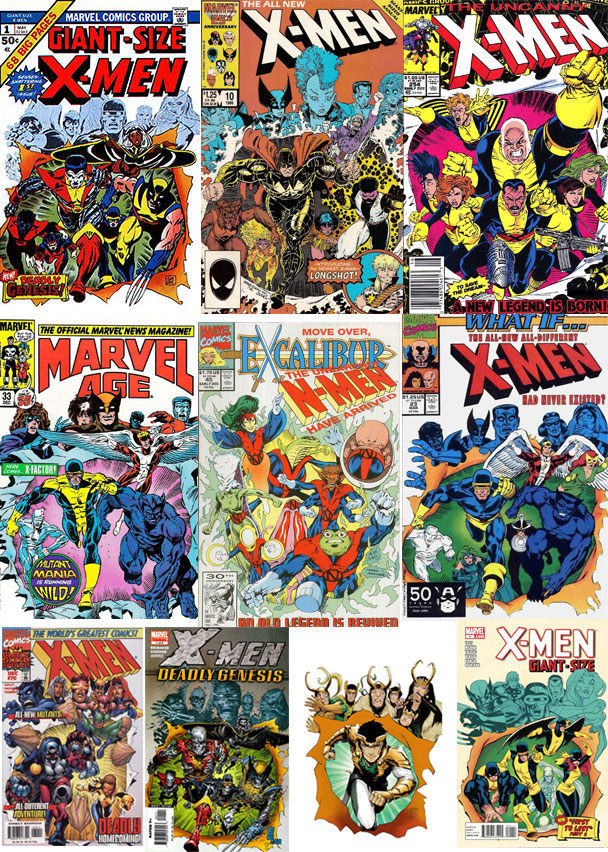
#6 in my ranking of the Heisei, Millennium, and Reiwa eras of the Godzilla franchise.
The Heisei Era continues with its effort to take silly monsters stomping on silly miniatures seriously and does the best job of it so far. Takao Okawara takes the script by Wataru Mimura (I’m just thankful that Omori didn’t write again) and delivers the big monster, smashy-smashy action that the franchise needs to sustain itself, but there’s also a surprisingly successful attempt to do…something with Godzilla. The re-introduction of Mechagodzilla also allows space for the humans to actually influence things, which they couldn’t manage at all in Godzilla vs. Mothra. It’s just…like many Godzilla films, the script is overstuffed with business and characters that only really provide excuses for feature film running times, and not much else.
Taking the remains of Mecha-King Ghidorah, the United Nations builds Mechagodzilla, codenamed G-Force, as their main deterrent against the next attack from the kaiju. The project, though, directs resources from the gunship project, Garuda, headed by Aoki (Masahiro Takashima) who is reassigned to work on G-Force. When a Japanese team discovers a Pteranodon egg, it sends out psychic signals that attracts both Godzilla and Rodan who battle with Godzilla victorious while the team smuggles the egg off the island and to Japan.

Now, just a quick moment to discuss canon. The canon of the franchise reset with The Return of Godzilla in 1984, ignoring all Godzilla films except the original from 1954. So, Rodan has never been seen before by people within the universe established since 1984. And yet, the addition of Rodan to the proceedings is almost brushed aside like the discovery of another giant dinosaur monster, this time that can fly and shoot lasers out of its eyes and already has a name, is not that big of a deal beyond the physical danger of being between Rodan and Godzilla. The history of Godzilla as a franchise creates this shorthand for viewers that people in the movie don’t share, but the movie treats Rodan with the kind of shorthand it needs for an established franchise, even if the canon has been wiped clean. It’s just a small incident of the weird spot the Godzilla franchise was in after the reset.

Anyway, the crux of the plot is that the egg, which hatches to reveal Son of Godzilla, is psychically calling to Godzilla and Rodan both who will come to Son of Godzilla’s location no matter what. This is happening while the leaders of G-Force are trying to figure out how to kill Godzilla once and for all, using Son of Godzilla to figure out that Godzilla has a secondary brain.

The finale is the mix of interesting, exciting, and frustrating that I’ve come to expect from a lot of these movies. The exciting bit is the monster smashy-smashy action. I’m always a fan of this even if, even in the 90s, Toho can’t get beyond everything feeling small except in the widest of wide shots. The Toho team is doing their best, and it generally looks good (not the painterly stuff that Omori was pulling off, but still pretty good), but…seriously…use slow motion to better create a sense of scale. The interesting stuff is how the film treats Godzilla.

Ever since the second film, Godzilla Raids Again, when Toho realized it could print money by churning out Godzilla films forever, the movies have had a weird relationship with the kaiju. They dealt with that in the original Showa Era by turning Godzilla into a good guy, but the Heisei Era is resisting that. Godzilla remains a destructive force against humanity, not out to protect us from other monsters. If another monster pops up and we get smashed, well, then them’s the breaks. However, there’s so much affection for Godzilla that seeing humanity actually hurt him ends up in this weird spot where…the film actively mourns for Godzilla’s pain. And, in contrast, when Godzilla rises up to fight back, the music swells with a grand rendition of the classic Godzilla theme, almost celebratorily. I get it, but it’s kind of weird.
However, the ending is also frustrating because of that contradiction in tone but also because the human characters are so thin, their dramas so haphazard, and their impact beyond the basic plot mechanics of controlling giant robots so incidental to much else beyond that that it’s really hard to care about any of it. Aoki goes from hotshot pilot on the gunship to support on the G-Force to parking lot attendant and back so fast that no single step feels permanent or impactful. It’s just the kind of standard issue of trying to find things for humans to do in a movie ultimately about giant monsters punching each other.
So, it’s probably the best of the Heisei Era so far. It does the most interesting stuff successfully while also having the standard problems dragging things down. It’s one more instance where I kind of wish the franchise would go 100% kaiju with no human characters just once. It’s not like anyone cares about the puny humans.
Originally published here



















 English (US) ·
English (US) ·